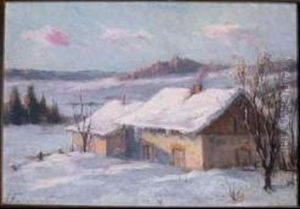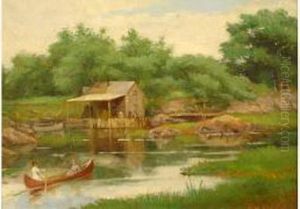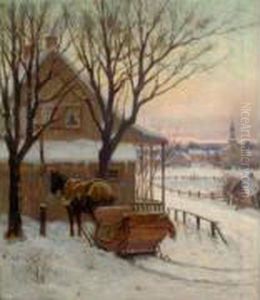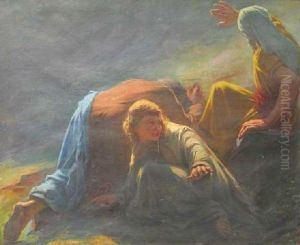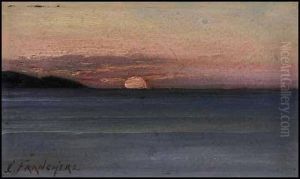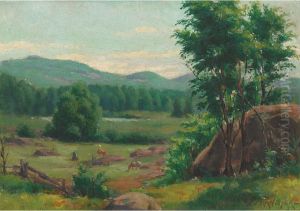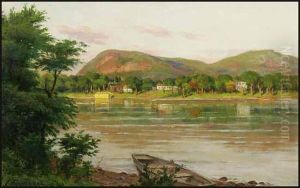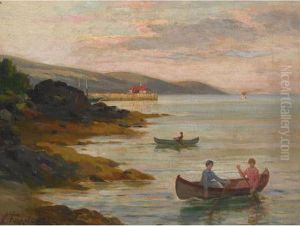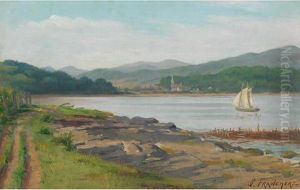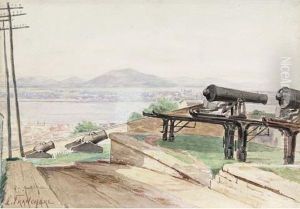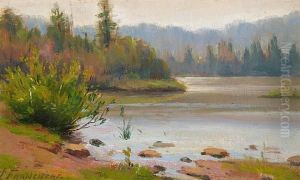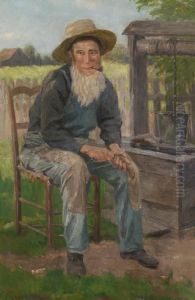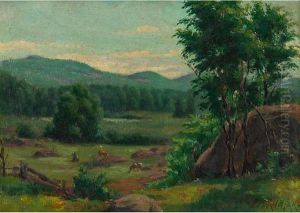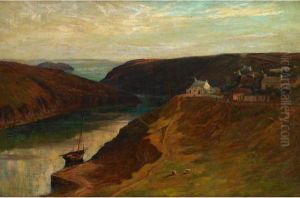Joseph Charles Franchere Paintings
Joseph Charles Franchère was an American painter born in Saint Louis, Missouri, on February 15, 1866. He emerged as a significant figure in the art world during the late 19th and early 20th centuries. His artistic journey began under the guidance of his father, who was also an artist, fostering an environment that nurtured his talents from a young age. Franchère's education in the arts was further enriched by his studies at the Académie Julian in Paris, where he was exposed to the works of European masters, influencing his style and approach to painting.
Franchère's body of work is characterized by its diversity, including landscapes, portraits, and historical scenes. He was particularly admired for his ability to capture the subtle nuances of light and shadow, a skill that lent a lifelike quality to his paintings. His landscapes often depicted the American West, capturing its vastness and the unique quality of its light, which fascinated him and many of his contemporaries.
Throughout his career, Franchère received several accolades for his contributions to American art. He was a member of various prestigious art organizations, including the National Academy of Design in New York. His works were exhibited widely, not only in the United States but also in Europe, where he maintained connections with the artistic community.
Despite his success, Franchère remained dedicated to evolving his craft, exploring new techniques, and experimenting with different themes. His approach to painting demonstrated a blend of traditional and innovative methods, making his work stand out among his peers.
Joseph Charles Franchère's legacy is preserved through his contributions to American art history and the collections that house his works, including museums and private collections across the country. His death on January 1, 1921, marked the end of a prolific career, but his influence continues to be felt through the enduring beauty and relevance of his art.
